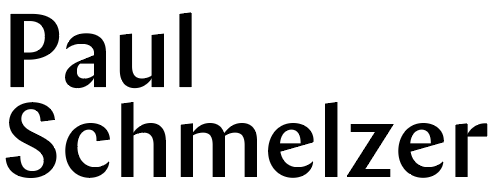It's such an honor to have the New York Times include the Walker in its rundown of the world's best museum websites during COVID-19 (and to mention two of my favorite Walker Reader projects). I might laminate the section on the Walker to keep in my pocket as it succinctly sums up the vision some of us have had for years of having "digital and physical programming operate as coequals."
Because art is not just what’s on a museum’s walls. “Art” is a whole collection of experiences and ideas and principles, and a museum’s digital and physical programming have to operate as coequals. The museum that understands this most fully is the Walker Art Center, in Minneapolis, which a decade ago rolled out the most aggressive and accessible websites of any American museum. The site is a networked treasure house, where its collection and exhibition displays mingle with a panoply of artistic and art-related content, like the Walker Reader, an editorial arm of the museum that features debates on Indigenous art, or on how museums respond to the #MeToo movement.
Treating the digital museum as coequal to the physical museum means you can be nimble when disaster strikes, and the Walker has already published pandemic-related articles and curated new video displays and playlists.
Mentioned but not linked, our five-part Soundboard, Museums & #MeToo (Mar. 2018), and our various discussions on art and indigeneity:
“What Does It Mean to Have an Indigenous Lens in Film?” (Mar. 2019)
“How Can Fashion Be Indigenized?” (June 2019)
“How Can Contemporary Art Be More Inclusive of Native Voices?” (Oct. 2017)

